In a first, Japanese scientists have used a computer programme and a touch screen device to encourage a paralysed chimpanzee to walk again, showing that euthanasia need not be the only option for animals injured in captivity.


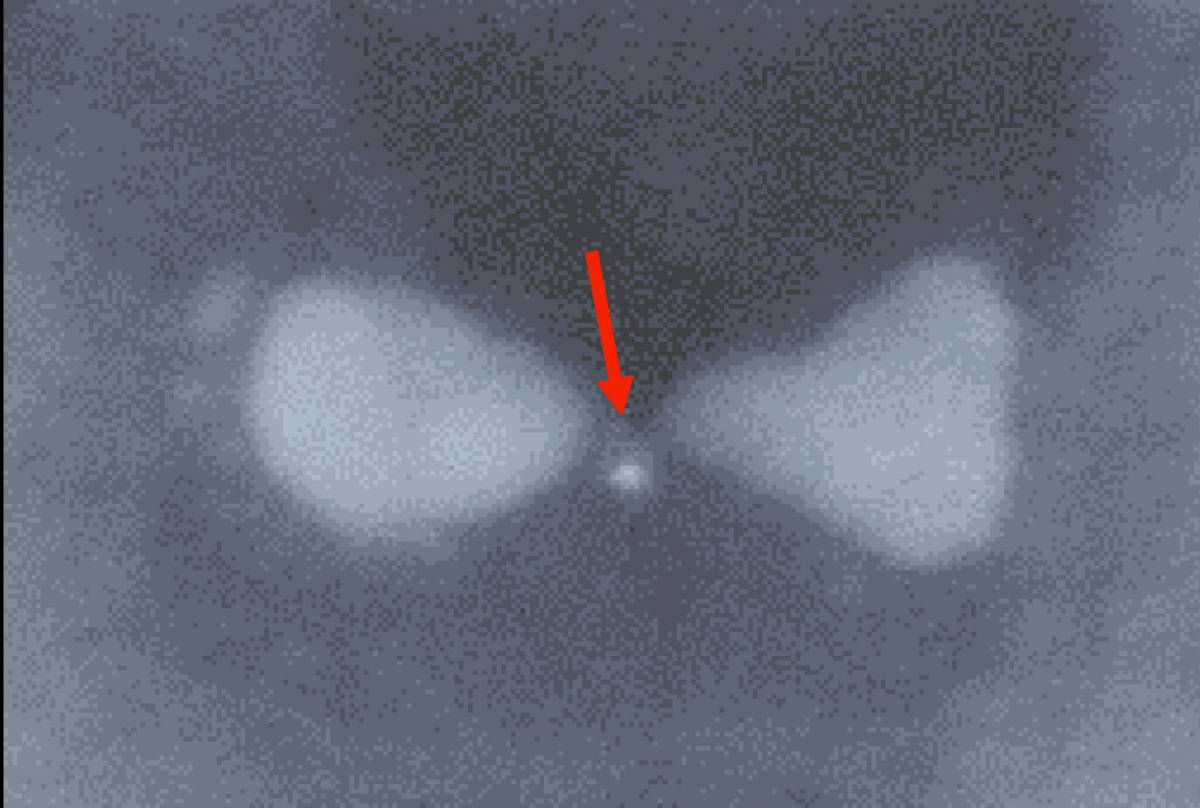
Bowtie-shaped nanoparticles made of silver may help bring the dream of quantum computing and quantum information processing closer to reality. These nanostructures, created at the Weizmann Institute of Science and described recently in Nature Communications, greatly simplify the experimental conditions for studying quantum phenomena and may one day be developed into crucial components of quantum devices.
The research team led by Prof. Gilad Haran of Weizmann’s Chemical Physics Department — postdoctoral fellow Dr. Kotni Santhosh, Dr. Ora Bitton of Chemical Research Support and Prof. Lev Chuntonov of the Technion-Israel Institute of Technology — manufactured two-dimensional bowtie-shaped silver nanoparticles with a minuscule gap of about 20 nanometers (billionths of a meter) in the center. The researchers then dipped the “bowties” in a solution containing quantum dots, tiny semiconductor particles that can absorb and emit light, each measuring six to eight nanometers across. In the course of the dipping, some of the quantum dots became trapped in the bowtie gaps.
Under exposure to light, the trapped dots became “coupled” with the bowties — a scientific term referring to the formation of a mixed state, in which a photon in the bowtie is shared, so to speak, with the quantum dot. The coupling was sufficiently strong to be observed even when the gaps contained a single quantum dot, as opposed to several. The bowtie nanoparticles could thus be prompted to switch from one state to another: from a state without coupling to quantum dots, before exposure to light, to the mixed state characterized by strong coupling, following such exposure.
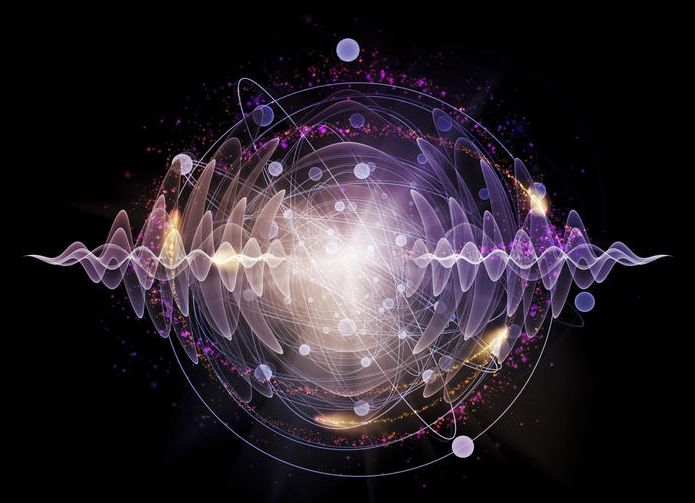
Nice that they are trying to ensure this. However, as we integrate more tech into Biocomputing space and our efforts in achieving singularity; you will need some level of a medical/ or bio background.
It’s hard enough for IT security managers to keep with the latest in conventional computing. Cloud Security Alliance and the US government are trying to make sure you don’t need a physics degree, too.
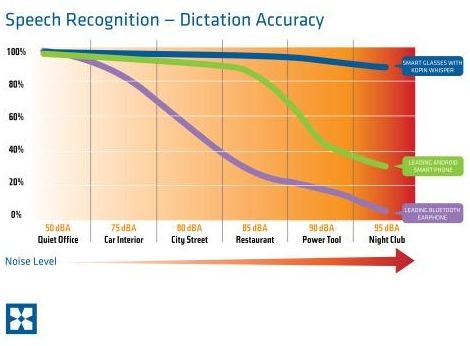
Finally, could we see no more confusions in our voice interfaces.
Perfecting voice interfaces.
The entire mobile industry is moving rapidly towards voice as the primary input element for our devices.
Whisper marks a departure from traditional noise cancellation technologies and opens up massive markets for Kopin.
Kopin’s current share price does not reflect the real value of its IP; I continue to advocate an intrinsic value of $4.50/share.

Fog, blizzards, gusts of wind — poor weather can often make the operation of rescue helicopters a highly risky business, and sometimes even impossible. A new helmet-mounted display, developed by researchers at the Technical University of Munich (TUM), may in the future be able to help pilots detect hazards at an early stage, even when their visibility is severely impaired: the information required to do this is created in an on-board computer and imported into digital eye glasses.
A new study has shown that this augmented reality improves the performance of pilots.
Thick clouds hang over the Tegernsee. The range of sight is just a few hundred meters. Under normal circumstances, a helicopter would not be allowed to take off in such weather — the danger that the pilot would not be able to react in time to a construction crane, a power line or a mountain would be too great.
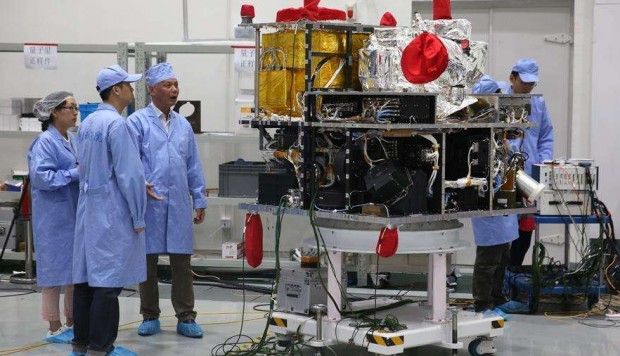
Get ready.
China will launch the world’s first quantum satellite next month to demonstrate a series of advanced technologies such as hacker-proof communications and quantum teleportation.
Ground testing and quality checks on the satellite had finished at the Chinese Academy of Sciences, and it would depart for the Jiuquan Satellite Launch Centre in Inner Mongolia early this month for a launch aboard a Long March 2D rocket in the middle of next month, according to a report on the central government’s website posted on Friday.
The project has drawn attention from scientists and governments around the world because it could provide solutions to some significant problems. With the rapid advancement of quantum technology in recent years, it is widely believed that quantum computers will soon be available but such a computer would be so powerful, it could crack every encryption method currently in use.
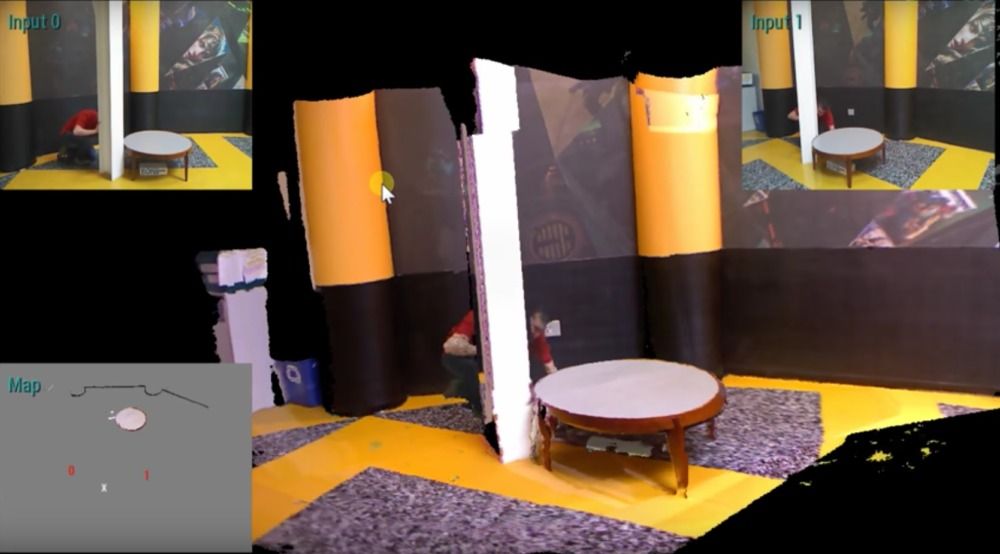
During a disaster situation, first responders benefit from one thing above anything else: accurate information about the environment that they are about to enter. Having foreknowledge of specific building layouts, the locations of impassable obstacles, fires or chemical spills can often be the only thing between life or death for anyone trapped inside. Currently first responders need to rely on their own experience and observations, or possibly a drone sent in ahead of them sending back an unreliable 2D video feed. Unfortunately neither option is optimal, and sadly many victims in a disaster situation will likely perish before they are discovered or the area is deemed safe enough to be entered.
But a team at the Defense Advanced Research Projects Agency (DARPA) has developed technology that can offer first responders the option of exploring a disaster area without putting themselves in any risk. Virtual Eye is a software system that can capture and transmit video feed and convert it into a real time 3D virtual reality experience. It is made possible by combining cutting-edge 3D imaging software, powerful mobile graphics processing units (GPUs) and the video feed from two cameras, any two cameras. This allows first responders — soldiers, firefighters or anyone really — the option of walking through a real environment like a room, bunker or any enclosed area virtually without needing to physically enter.

Not only could they transform quantum computing, they’re a candidate for dark matter.
A team of Chinese physicists from Shanghai’s Jiaotong University have proof beyond a reasonable doubt of the existence of the Majorana fermion — a special particle that could potentially revolutionize quantum computing.
“The search for this particle is for condensed-matter physicists what the Higgs boson search was for high-energy particle physicists,” said Leonid Rokhinson, an associate professor of physics at Purdue University, who was the first to detect the signature of the fermion in 2012 but was not involved in this study, in a 2012 press release. “It is a very peculiar object because it is a fermion yet it is its own antiparticle with zero mass and zero charge.”
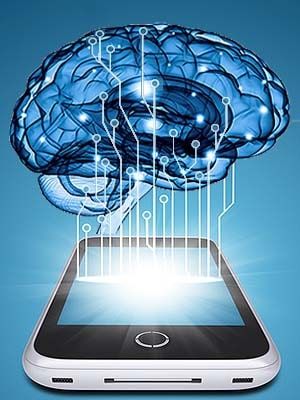
Games to help fight obesity?
Innovative research uses technology to help people with a sweet-tooth lose weight. Researchers believe they can train the brain to better resist temptation and warn people of an unhealthy urge before the temptation occurs.
Specifically, Drexel University psychologists have created a computer game aimed at improving users’ inhibitory control. Additionally, the investigators are also rolling out a mobile app that used in conjunction with the Weight Watchers app, will alert users on unhealthy urges before they strike.
The game is designed to improve a person’s “inhibitory control,” the part of the brain that stops you from giving into unhealthy cravings — even when the smell of French fries is practically begging you to step inside a fast food restaurant.

Like the USPS; could we see a day when DARPA and IARPA positioned to be revenue generators like big tech? Granted these 2 programs are tax payer funded; however, so is USPS. One option is to for a contracted service fee; could DARPA &/ or IARPA charge fees to tech companies and others for using their technologies?
Two of the most important technological advances that helped fueled much of the country’s record economic growth in the post-WW II era were ubiquitous computing devices and modern communications technologies.
Indeed, most of the companies covered on TechCrunch certainly would not exist if not for the development and commercialization of microprocessors and the internet.
In my opinion, insufficient attention in the current ideological debate taking place in Silicon Valley and around the country has been given to the important role that government played throughout the lifecycle of these technologies. Understanding how these relatively mature technologies and industries were initially spawned and encouraged is critical to developing a strategy to empower the next generation of entrepreneurs in capital- or R&D-intensive industries with high growth potential.